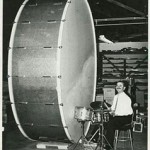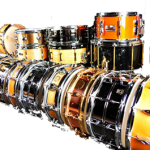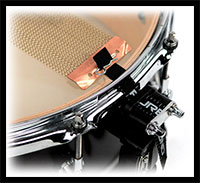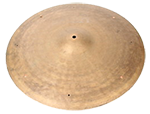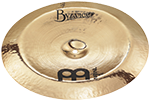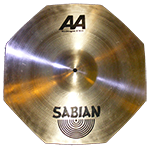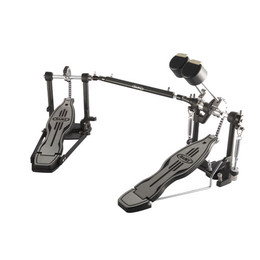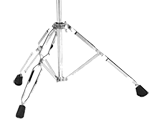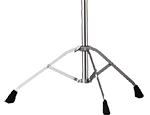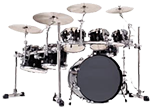It Can Help You
Drum elements
Drums are composed of 4 great instrument families:
drums – snare drums – cymbals – hardware
DRUMS
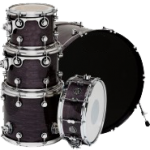
TOMS: standard drums are composed of three toms called « high tom », « medium tom », « floor tom » going respectively from high pitch to bass one from left to right for right-handed drummers and from right to left for left-handers. “high and medium” toms are fixed on the bass drum, the floor tom is equipped with three legs for good stability on the ground. If the bass drum is not equipped with a fixing system, toms will be suspended to cymbal stands.
There are numerous positioning possibilities of toms on drums according to the number and the size of the drums. The drums size is expressed in inch which equals 2,54 cm. The most common sizes are: 8″, 10″, 12″, 13″, 14″, 16″, 18″. The smaller the tom, the higher the sound. The wider the tom, the deeper it is. The “standard” drums have 12″, 13″ and 16″ toms whereas the « fusion » drums are 10″, 12″ and 14″. The drummer can select the tom size according to the style of music he plays and according to his tastes.
Toms are equipped with 2 drumheads: the kick drumhead facing you and the resonant drumhead below which is thinner and is not intended at all to be hit but to vibrate.
In 90% of the cases, they are made of wood, mainly birch, beech but some brands do not hesitate to include other wood essences and even to mix them. LUDWIG has generalised transparent plastic in its drums design with “vistalite” models. REMO has developed « acousticon », a combination of plastic.
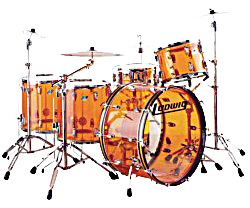
![]()
BASS DRUM: it is the most imposing element of drums. It has the deepest tone. It is played with a bass-drum pedal with the right foot for right-handers and left foot for left-handers. On each side, pikes prevent the drum from rolling and grant it full stability.
The size of a bass drum is 18″ , 20″, 22″ and 24″. Today, we can also find 16″ drums to save space. The bigger the drum, the deeper the tone. On standard drums, it is 22’’ whereas on “fusion” drums, it is 20’’. Jazz sets often include a 18’’ bass drum.
Bass drum is equipped with two drumheads, the kick drumhead and the resonant drumhead which can be pierced or not.
The most famous drums brands are: Pearl – DW – Tama – Gretsch – Ludwig – Yamaha – Mapex …
SNARE DRUMS
There are several snare-drum models with very different sounds. They can be made of wood, metal, they can be short, deep, etc. A snare drum has generally a 14’’ diameter, is 4.5’’ deep but can go up to 8’’. The deeper the snare drum, the more medium frequencies it has.
The main categories of snare drums are:
- Standard: metal or wood – 14″diameter – 4,5″ to 8″ deep.
- Piccolo: metal or wood – 14″diameter – 3″ to 4″ deep.
- Soprano: metal or wood – 10’’ or 12″diameter – 5″ to 7″ deep.
Snare drum is equipped with two drumheads, the kick drumhead and the resonant drumhead. The resonant drumhead can be applied a tone with a trigger which gives a high-pitched touch. Without it, the tone sounds more like a “drums” one.
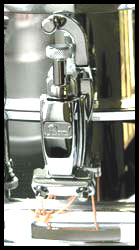
CYMBALS
They give your playing some colour and delicacy. Each cymbal has its own sound. Expert ears could almost recognise it. The number of cymbals is not limited (except by the space it takes or your budget).
Here are the main kinds of cymbals:
- High-hat (Hi-hat): these are cymbals facing each other, activated by a high-hat stand. Their sizes range from 10″ to 15″. On some models, the top cymbal may be different from the one under. You can play with them opened, closed or half-opened.
- Ride: it has the same function of a high-hat but delivers a completely different tone. Its size is between 18″ and 24″. Some are with a dome, some others without it (flat), with rivets.
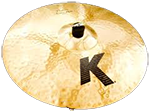
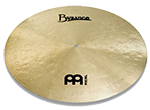
- Crash: it comes at the beginning of a cycle, at the end of a piece of music. It is the most popular cymbal. Its size goes from 14″ to 18″. It is much thinner than the ride which allows it to be played on the edge.
Some brands offer pierced models.
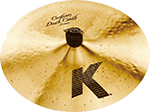
- Splash: it is the smallest one of the whole set, between 6″ to 10″. The drummer Manu Katché made it known to the general public by including it in his music.
- Chinese: as a distinctive feature, its edges are turned over which incites most drummers to play it upside down to avoid damaging the sticks. Its size is between 14″ and 20″ and it has a very peculiar sound, like a “kiiisch”.
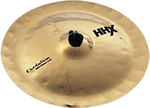
- Effects: more or less anything can go in this category : pierced cymbals, bells, octogonal ones with the most eccentric sounds.
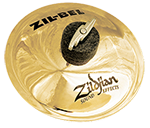

The most famous cymbal brands are: Zildjian, Paiste, Sabian, Meinl, Istanbul, Velvet…
HARDWARES:
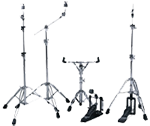
- Bass-drum pedal: it can be equipped with a single or a double chain or with a strap. The most common is the double chain. The bat which hits the drumhead is often made of felt or plastic for punchier hitting. In the 70’s, rock drummers often used to have two bass drums. So, the designers invented the bass-drum double pedal to save space.
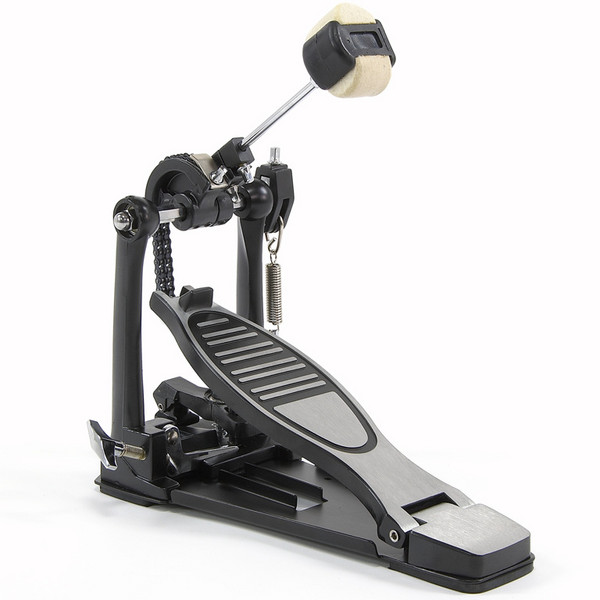
- High-hat stand: based on the principle as the bass-drum pedal, it activates a metal rod which the high-hat clutch holding the upper cymbal is screwed on.
- Snare stand: it is composed of a tripod in its lower part in order to be stable on the ground and of a three-branch « basket » in its upper part to support your snare drum.
- Cymbal stands: There are two kinds, with boom or straight (see picture below). The stand with boom enables an easier installation of the cymbals above the drums. The stands can be simple-based or double-based. The latter are heavier, therefore stabler.
- Rack: very convenient if you have a big assembly, it allows you to have as many cymbals and toms as necessary with only 3 or 4 stands on the ground. There are a lot of possible combinations with those tubes to conceptualise the drums of your dreams. The drums items are secured on the rack with a clamp. The cymbals are held in place thanks to cymbal boom arms.
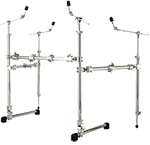
CONCLUSION:
The drums composition may change as you want according to the number of toms and cymbals, your current inspiration, the music style…
I hope this description will help you identify the different elements of your drums and enable you to better understand and play with it.

